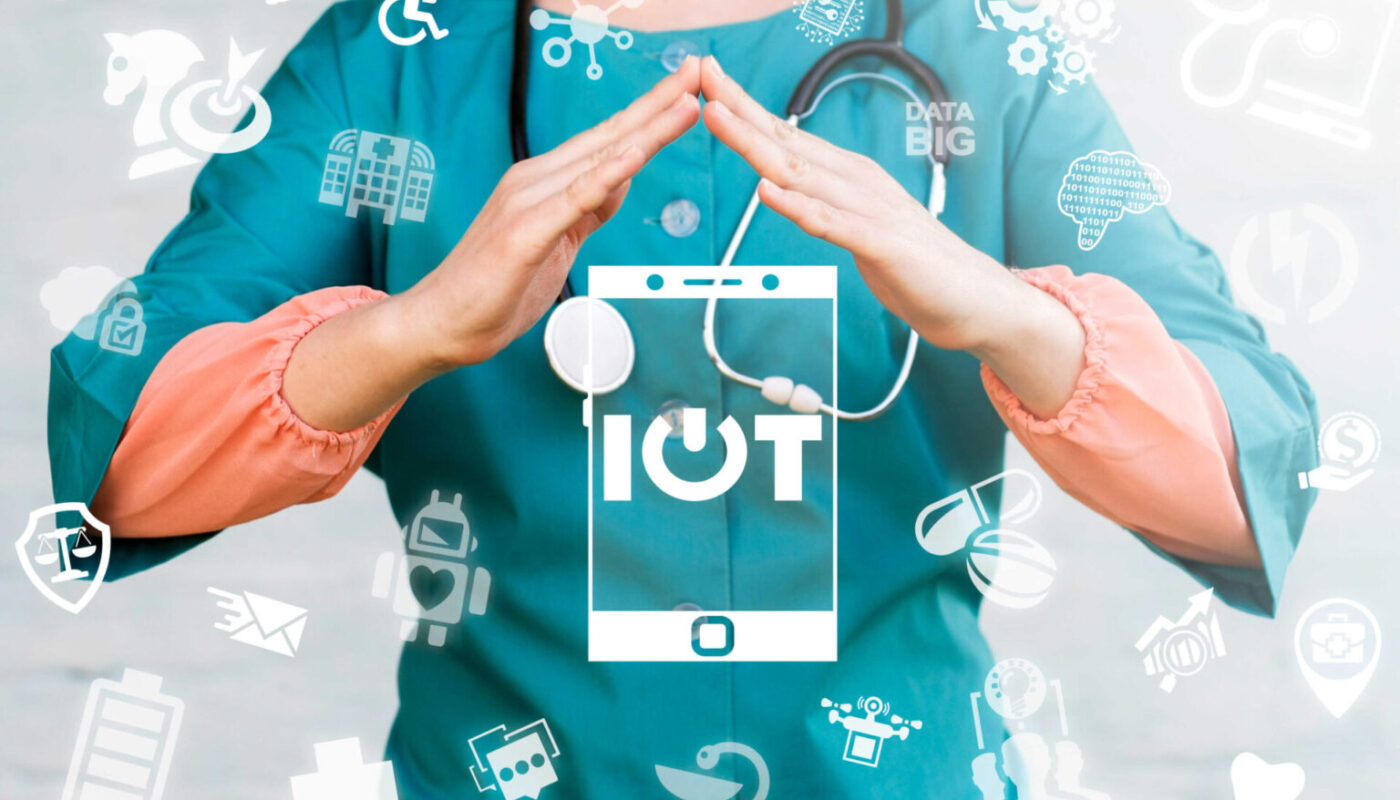The healthcare sector worldwide is on the brink of a revolution with the rapid adoption of Internet of Things (IoT) technologies. IoT is allowing healthcare providers to transition to a more preventive, predictive and personalised model of care with the establishment of virtual hospitals. Let’s take a deeper look at how IoT is enabling the rise of virtual hospitals on a global scale.
The IoT Revolution in Healthcare
IoT refers to the network of physical objects embedded with sensors, software and other technologies that allows these objects to collect and exchange data. In healthcare, IoT is being applied to remotely monitor patients, connect medical devices, manage supply chains and transform various clinical workflows. Wearable devices, connected implants and remote patient monitoring systems are generating huge volumes of real-time healthcare data.
This data is analysed using advanced analytics and artificial intelligence to gain valuable insights. It is helping doctors make more informed decisions and transition to predictive, preventive and outcome-based care models. The global IoT medical devices market is expected to grow to $158 billion by 2025 according to research firm MarketsandMarkets, reflecting IoT’s growing prominence in healthcare worldwide.
The Rise of Virtual Hospitals
By connecting patients, providers and data seamlessly, IoT is enabling the rise of Virtual Hospitals where patients get healthcare services without having to visit a physical facility. Virtual hospitals leverage telehealth, remote monitoring and digital health tools to deliver omnichannel care to patients anywhere, anytime. These hospitals have fewer physical infrastructure requirements and resources can be allocated more efficiently.
Various countries have started pilot projects and operational virtual hospitals. For example, the first virtual hospital in France called Neurospin provides radiology services using MRI scans. In India, Narayana Health has launched a virtual hospital model to provide affordable healthcare in rural areas. The Veterans Health Administration in the US operates several “virtual medical centers” to serve veterans living in remote locations. As IoT continues to mature, more such virtual systems will emerge globally to improve access and lower costs.
Transforming Patient Engagement
IoT is revolutionizing how patients engage with healthcare providers at virtual hospitals. Wearables and connected devices allow for constant monitoring of vital signs outside clinical settings. Patients can now seamlessly engage with providers through video consults on smartphones instead of traveling to a physical facility. Tools like patient portals give them easy access to health records and test results. This hands-on involvement drives higher treatment adherence and empowerment. The shift to virtual care means patients now have services at their fingertips anytime without logistical barriers.
Headed Monitoring at Scale
IoT-powered remote patient monitoring (RPM) programs allow large-scale at-home monitoring of chronic disease patients through virtual hospitals. Connected diagnostic kits, patches and devices monitor key vitals and transmit the data in real-time. AI-based tools analyze these insights for any anomalies indicating deterioration in health. Any red flags are immediately escalated to care managers and clinicians for timely interventions. An RPM program in Spain was able to reduce heart failure hospital readmissions by 20% using such an approach. Large healthcare providers in countries like the US, UK, China and India are actively setting up RPM networks. These aid early illness detection, prevent complications and help manage acute episodes from the safety of homes without overburdening physical infrastructure.
Transforming Clinical Workflows
IoT is digitally connecting various clinical workflows at virtual hospitals for more efficient operations. Connected medical equipment automates tasks like ordering supplies based on usage. RFID and real-time location systems track assets instantly. Drones and autonomous vehicles help expedite transportation of samples and medicines. Computer vision aided robots carry out repetitive administrative duties or disinfection tasks freeing up human resources for critical duties. AI scheduling tools optimize usage of operating rooms, beds and staff. When combined with electronic health records, these tools provide a unified view of workflow processes, bottlenecks and resource allocation to streamline operations. This optimizes capacity utilization and asset management at virtual hospitals with lower physical footprints.
Facilitating Remote Care Teams
By harnessing IoT data and AI, virtual hospitals can facilitate coordinated care across distributed multidisciplinary care teams. Electronic task management tools assign duties, monitor status and facilitate secure communications regardless of physical proximity between team members. Mobile-based consults allow clinicians to collaborate in real-time on treatment plans for complex cases. AR/VR provide immersive training simulations to upskill medical staff. Connected IoT stethoscopes enable doctors to examine patients remotely and share recordings. These collaborative digital workflows unite specialized remote expertise for delivering comprehensive care centered around patients’ unique needs.
Global Challenges in Adoption
While the benefits of IoT-enabled virtual hospitals are immense, there are challenges in widespread adoption globally:
– Lack of unified IoT standards makes integrating devices and data streams difficult across markets and vendors. Interoperability must be improved.
– Higher upfront infrastructure costs for setting up IoT networks and virtual care platforms pose barriers for cash-strapped public health systems in developing nations.
– Ensuring cybersecurity of interconnected medical systems and privacy of sensitive patient information is an ongoing challenge where vulnerabilities can have life-threatening consequences.
– Change management among older practitioners less fluent with new technologies require extensive training support and incentives to drive behavioral shifts.
– Remote care models require reliable high-speed internet connectivity which may be patchy or unavailable in certain rural regions globally.
Despite such hurdles, IoT innovators, regulators and healthcare organizations are working overtime to overcome these gaps. Future advancements in autonomous devices, edge computing and decentralized networks will help realize IoT’s full potential to revolutionize healthcare delivery models through virtual infrastructure on a global scale. In conclusion, IoT will be the driving force in turning virtual hospitals from an exciting concept to an integral part of how universal healthcare gets redefined over the coming decade worldwide.



